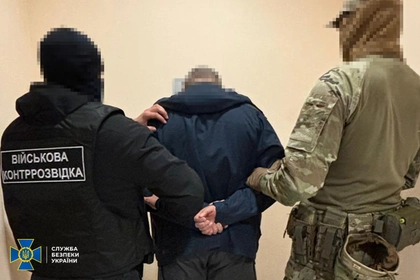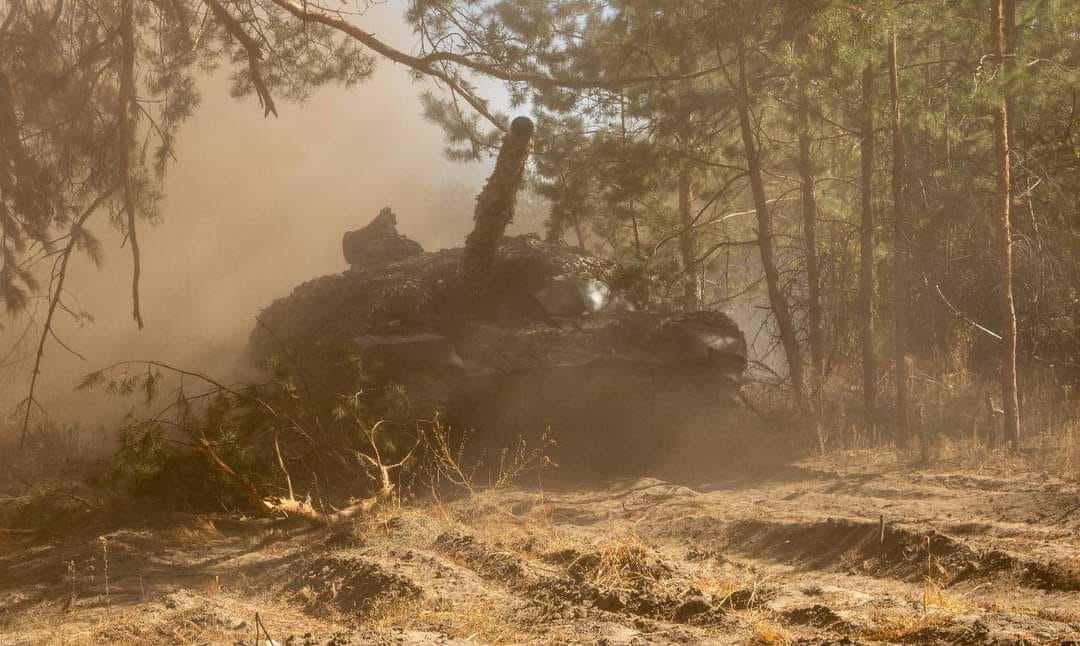Ukrainians’ much-lauded resilience in the face of wartime adversity isn’t only a perception, but actually real and measurable and having a human face, according to sociological experts.
Based on the experts’ survey findings, the profile of the most resilient type of Ukrainian is “Vera,” a 25- to 36-year-old woman with a university degree who is an Internally Displaced Person (IDP) and is related to a soldier. On the other hand, the least resilient type of Ukrainian is most likely an elderly male with a lower education.
JOIN US ON TELEGRAM
Follow our coverage of the war on the @Kyivpost_official.
Vox Ukraina, an independent research and analysis platform, undertook a research survey about resilience with 2,662 Ukrainian respondents from 12 communities from seven oblasts. The results were released this week.
“Resilience has specific components that may determine a society’s future responses to shocks… [Understanding them] provides the opportunity to prepare for future wartime shocks and crises,” researchers Valentyn Hatsko and Andriy Darkovych, who are both affiliated with the Kyiv School of Economics (KSE), said.
Based on methodologies developed by KSE, the researchers’ survey gauged participants’ reactions to 12 key components of community resilience, including:
- The strength of a community’s leadership;
- The willingness of leaders to listen to residents;
- The like-mindedness of other community members;
- The rate of positive change in a community;
- Community members’ pride in their community;
- The degree to which community members help each other;
- The impact of the community’s setting on one’s health;
- A community’s openness to new ideas;
- The degree to which a community is physically or otherwise isolated.
For each component, each participant responded on a scale from zero to four with zero representing “very poor” and four representing “very good.”

SBU Reports Capturing Ukrainian Officer Leaking Special Ops Plans to Moscow
In terms of the factors that most determine resilience, Ukrainians see their communities as open to new ideas and well-integrated with other communities.
Conversely, in terms of the factors that most degrade resilience, Ukrainians doubted the strength of their community leadership and their leaders’ willingness to listen, which is notably in the context of reforms that decentralized decision-making in Ukraine.
In terms of demographics, some groups of society were found to be the most resilient compared to other groups. These were: 1) internally displaced people (IDPs); 2) people with a military veteran in their family; and 3) people with higher educations.
The survey found: that women are overall more resilient than men; that 26- to 35-year-olds are the most resilient of all age categories; and that people with lower incomes are more resilient than those on higher incomes.
“[Some] social groups have a worse resilience score; some components of society’s resilience are the most problematic, and that can affect respondents’ trust in local authorities as one of the most important of a successful response to war shocks,” the researchers said.
Accordingly, the groups of society with the least resilience compared to other groups were: 1) people with lower educational qualifications, and 2) the elderly.
Members of communities that are located in Ukraine’s active war zone are more resilient and comparatively more engaged with their community leadership.
“[It is possible] that the feeling of threat mobilizes residents and creates a greater sense of cohesion with local authorities. At the same time, the effectiveness of local authorities’ response to crises has a greater impact on their support in war-zone communities,” the researchers commented.
In terms of their findings, the researchers believe it is important to increase trust between community leaders and residents.
“[To increase resilience], it is necessary to strengthen communication between community leaders and their residents, as well as to increase transparency and citizen participation in decision-making processes,” the researchers said.
You can also highlight the text and press Ctrl + Enter






